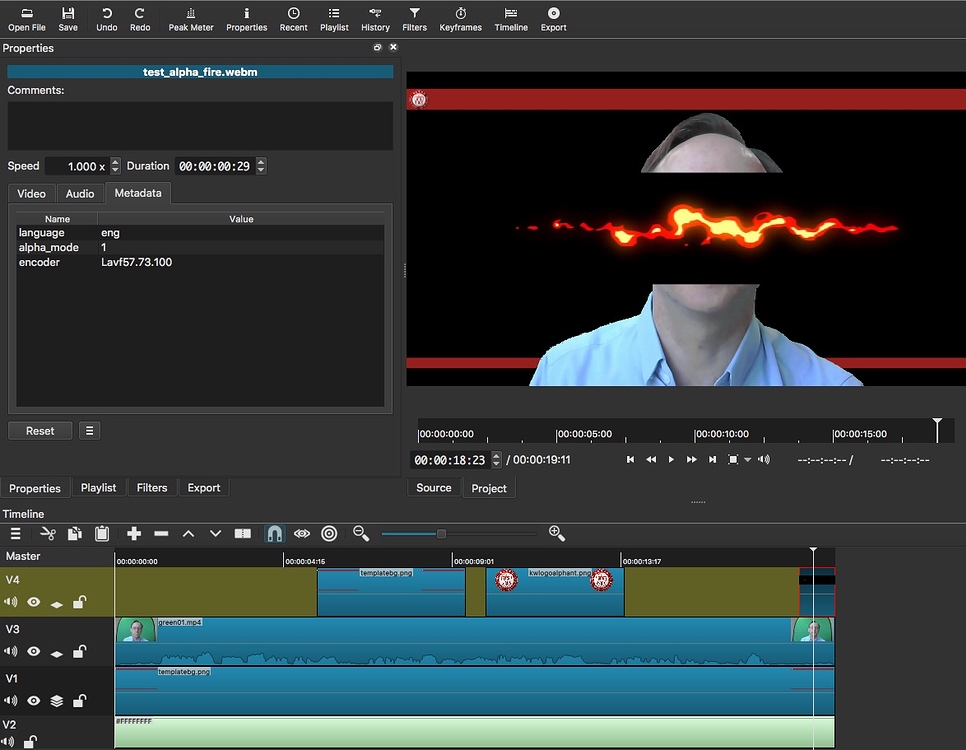

I want to provide the best tradeoff between size and quality to readers, while still providing compatibilty to those without the shiny toys (often mobile users). ResultįFMpeg and the Webp tools from google because they’re common, simple, and reasonably well documented. PNGs from a Blender animation: ~8mb each, 1100 of them.

Now that we’ve seen the components that can use new shiny things, let’s look at the new shiny things. This tag also supports those usual attributes like autoplay and loop. That weird codec string is how the browser identifies the AV1 codec. Similarly to the picture tag, this allows the browser to only download the video codec it supports in the order of declaration. This message is displayed when none are supported

HTML5 controls support newer formats by allowing the developer to provide several formats and allow the client to only pull the bytes for the first supported format. To be clear, all of this is based off this post. Quick aside, MP4/MKV are containers, boxes that contain codecs (mp3, h264, VP9).Ĭodecs are the things I’m looking at here. New compression formats such as AV1 and webp might be able to help with that. I want to avoid sending an 8mb png or a 70mb video down to the client if I can. Still takes a while, but not a crushingly long time. It feels like many changes have been made, and FFMpeg 4.3.1 now makes AV1’s faster than before (subjectively at least). Lower numbers = slower, but look better EDIT 11-9-20: AV1 is faster now! Preset default is 13, and is SUPER fast, but poor quality. qp is what CRF is currently called, and will become CRF in FFMpeg 5.1 Ffmpeg -i input.mp4 -b:v 0 -c:v libsvtav1 -qp 50 -preset 3 out_AV1.mp4


 0 kommentar(er)
0 kommentar(er)
